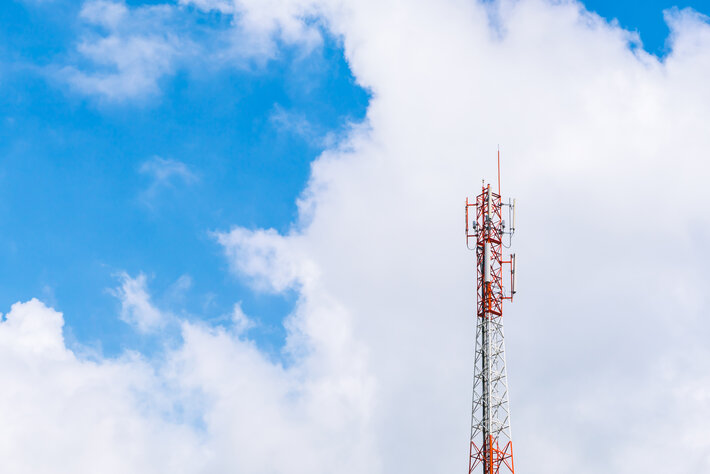In the midst of the COVID-19 crisis, it’s important to step back and recognise the huge effort being made to limit its potential for disruption. From British Gas using its logistics network to deliver supplies to food banks, to teachers using empty D&T classrooms to make face shields for NHS workers, it’s clear that while the pandemic is undoubtedly causing devastation, it has unleashed a wave of compassion, collaboration and innovation.
Combined with our ability to communicate with one another in today’s technology-driven world, these factors make us all the more resilient, says James Bristow, SVP EMEA, Cradlepoint.
Many aspects of daily life have been able to continue while respecting all-important social distancing, thanks in part to the ability to stay connected with family and friends, remain up to date with the latest news and government advice, or work remotely from home. But whilst things are changing constantly, getting everyone and everything connected can still be a challenge. Here we look at some of the examples of where the flexibility of fixed wireless access (FWA) can help to overcome the barriers caused by COVID-19:
- Pop-up connectivity in temporary healthcare facilities – New field hospitals and pop-up testing stations are being developed right across the world to fight and control the spread of the disease. Speed and flexibility are key to their success – the faster they can be set up, the more patients that healthcare workers can diagnose and treat. This need for mobility and rapid deployment means wireline connectivity is a no-go, making enterprise-grade wireless WAN a preferred choice for many of these facilities.
- Extending company networks to home offices – Social distancing has made remote working an imperative of business continuity for many organisations across the world today. However, the consumer networks to which home offices are connected lack the security, reliability and manageability characteristics needed to meet the standards of enterprise-class connectivity. This can not only result in a loss of worker productivity due to reduced network capacity, but also risks comprising data security regulations and opening vulnerabilities in the corporate network due to access via an unmanaged, unsecured connection.
- Bringing connectivity to those who need it most – High-speed home broadband has been crucial to maintaining the continuity of education for children and students around the world. But the UK’s digital divide, with internet usage 30% lower amongst lower-income households than those with an income of £20,000 or more, is preventing some children from accessing the education they need right now. In response, some organisations are rolling out mobile Wi-Fi hotspots to underprivileged areas, fitted with gigabit-class LTE modems to offer sufficient bandwidth for students to gain full access to the learning resources and online content they need.
The author is James Bristow, SVP EMEA at Cradlepoint.
Comment on this article below or via Twitter: @VanillaPlus OR @jcvplus






